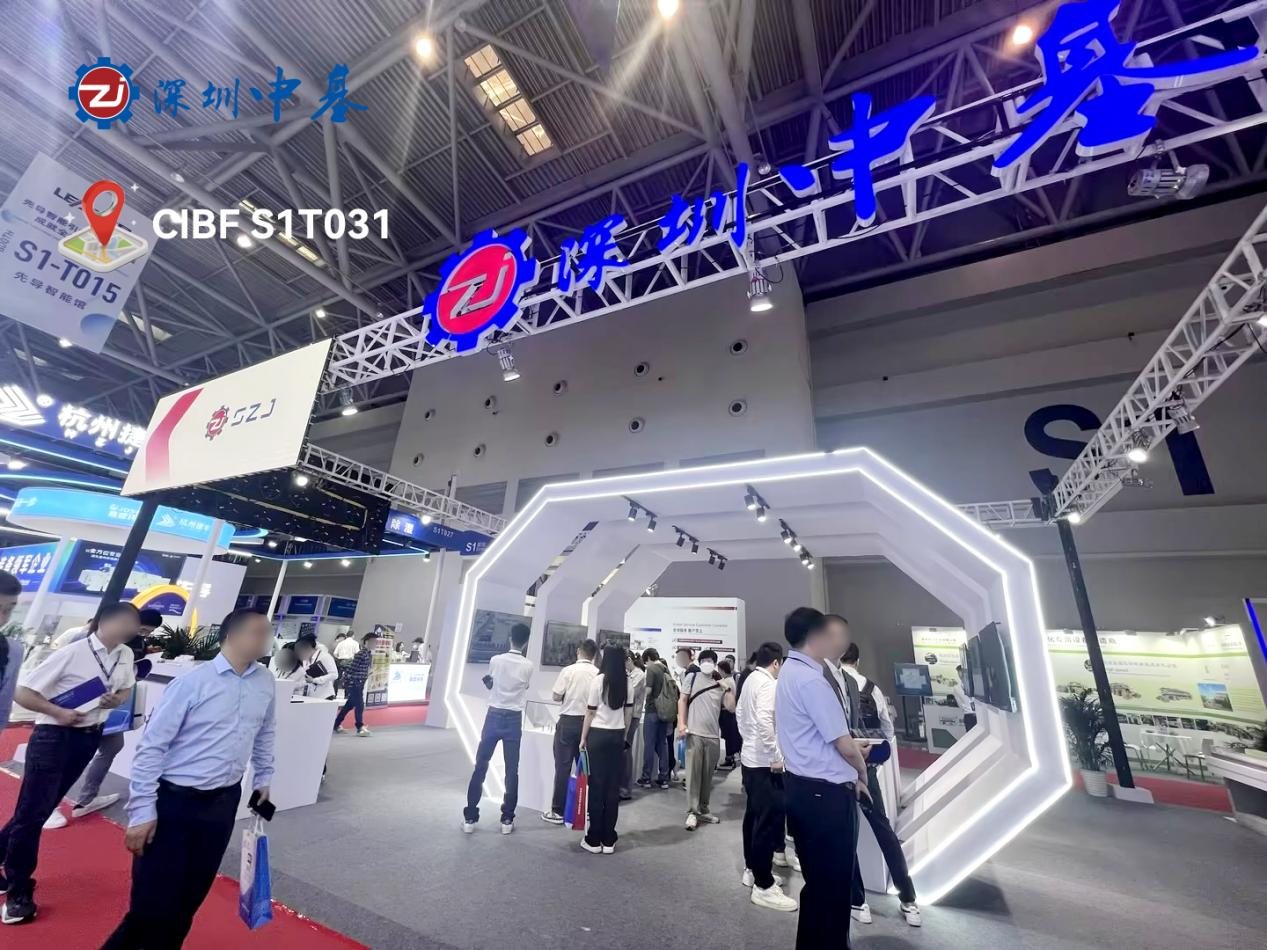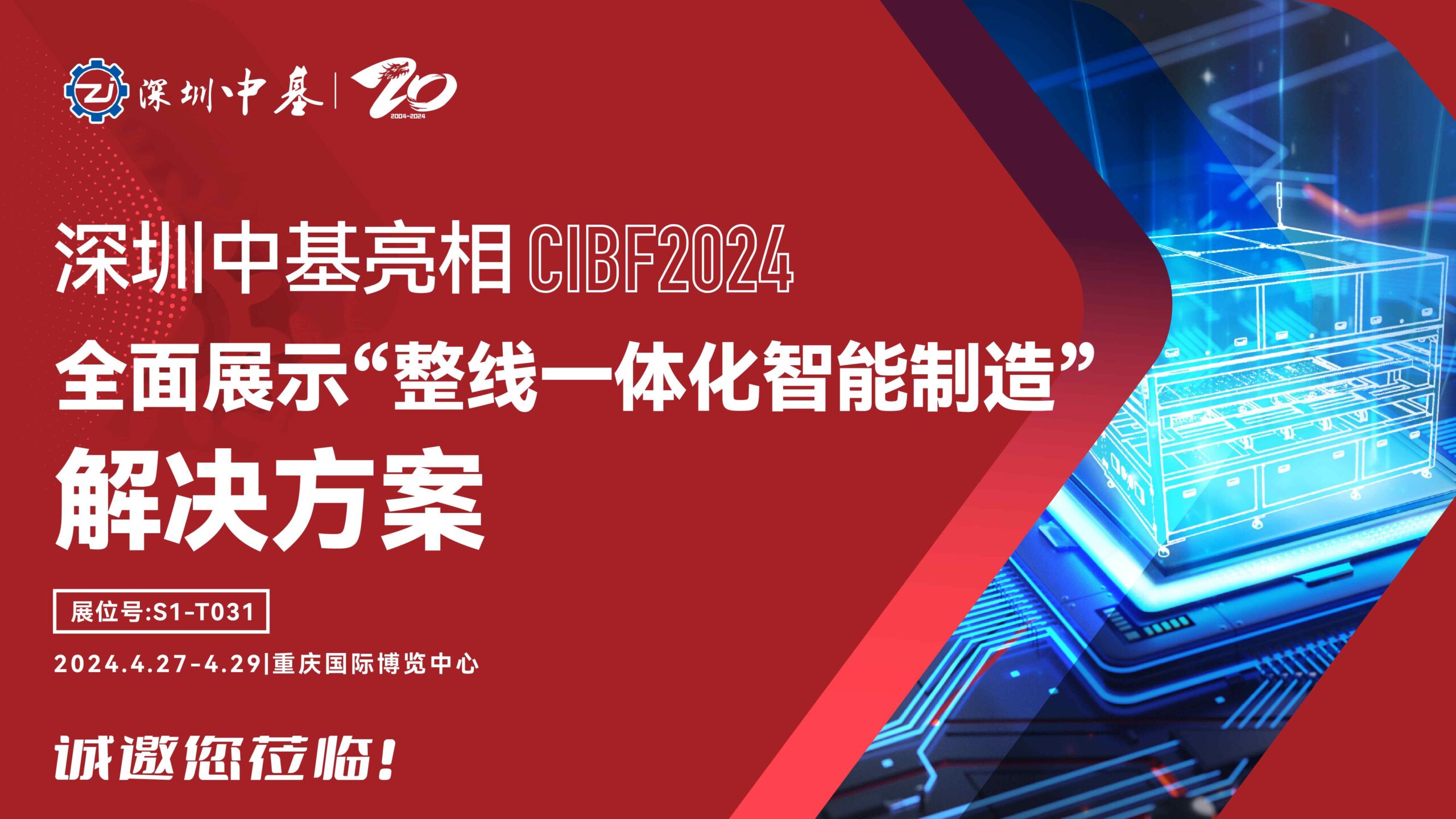News
Dedicated for best quality innovations

Popular Science Post | Exploring Prismatic Cells
The rapid development of new energy technology has made prismatic cells the powerhouse of the new energy era, owing to their outstanding performance and wide range of applications. So, what exactly are prismatic cells, and what unique advantages and uses do they offer? 1.Overview of Prismatic Cells Prismatic cells, as the name suggests, are lithium cells with prismatic alloy casing. Domestic power battery manufacturers mainly use prismatic cells with higher energy density because the structure of square cells is simpler compared to cylindrical ones. Unlike cylindrical cells that use high-strength stainless steel for casings and safety valves to prevent explosions, the overall weight of attachments in square cells is lighter. Prismatic cells have higher structural strength, better tolerance to mechanical loads, lower internal resistance, longer lifespan, minimal decrease in energy density after assembly, and higher space utilization. 2.Advantages of Prismatic Cells High Energy Density: Prismatic cells have a much higher energy density than traditional cells, meaning they can store more energy in smaller volumes and weights. This characteristic makes them widely applicable in fields like aerospace, mobile communications, etc. Long Lifespan: Prismatic cells have a long cycle life, enduring multiple charge-discharge cycles without affecting their performance. This makes them widely applicable and promising in areas such as electric vehicles, energy storage systems, etc. High Safety: Prismatic cells use prismaticalloy casings, which have higher resistance to impact and compression. Additionally, their internal structure is designed rationally to effectively prevent safety hazards like short circuits, overcharging, and over-discharging. [Theoretically, there isn’t a strong correlation between prismaticshell materials and cell safety. 3.Surface Treatment Processes for Prismatic Cells Currently, prismatic alloy casings are the most widely used materials for power cells housings. Existing prismatic shells are typically formed by stamping prismatic sheets to create shells, which are then cleaned for subsequent processes. However, surface scratches caused during stamping or handling can

Top 3 Types of Car Batteries Automated Assembly Lines You Should Know
The global automotive landscape is experiencing a significant transformation with the increasing growth of electric vehicles (EVs). In 2023, electric vehicles represented approximately one-quarter of all new cars sold worldwide. Remarkably, in Norway, over 90% of new car sales were electric, while in China, the figure approached 40%. This surge is fueled by advancements in EV technology, heightened consumer awareness, and robust governmental policies aimed at curbing carbon emissions. At the core of an electric vehicle is its battery, a vital component that determines the vehicle’s range, efficiency, and performance. Given this critical role, manufacturers are intensively focusing on enhancing their car battery production capabilities. The drive for improvement is not solely about increasing battery power or longevity but also about optimizing the production process through cutting-edge automated assembly lines. These technological enhancements are essential as they significantly influence the quality and cost-effectiveness of the batteries, which in turn affects the EV’s competitiveness in the market. To meet these challenges, various innovative assembly line technologies have been developed, each designed to address the specific needs of modern battery manufacturing. This article explores the top three types of car batteries automated assembly lines that are defining the future of battery manufacturing for electric vehicles. Mainstream Battery Materials in Electric Vehicles As the electric vehicle industry evolves, so too do the materials that power its core— the batteries. These two types of car batteries that are the most prevalent materials used in EVs are Lithium Iron Phosphate (LFP) and Lithium-ion ternary batteries. Each offers distinct advantages that cater to different automotive needs. 1. LFP Battery Lithium Iron Phosphate (LFP) batteries are highly valued for their exceptional safety and longevity. Known for its strong thermal and chemical stability, this type of car battery is less prone to overheating, thereby extending its operational life

Smart Manufacturing: The Future of Battery Assembly Solution
Scaling up battery production using conventional battery assembly methods has become increasingly challenging due to the surging demand for battery-powered products. It would be hard to meet the precise cell alignment, consistent quality and production levels, on-time completion, and rising competition are some of the biggest challenges. Additionally, factors such as the necessity to invest in logistic infrastructure and the challenge of meeting stringent environmental and safety regulations add another layer of complexity to boosting battery manufacturing and assembly methods. These challenges highlight the need for upgrading better battery assembly solutions to improve efficiency and drive industry progress in the future. And this is where smart manufacturing comes into play. What is Smart Manufacturing? Smart manufacturing in battery assembly involves integrating advanced automated technologies to optimize production, ensure quality control, and enhance safety. The robotic system employed in the smart manufacturing techniques can significantly reduce downtime, minimize errors, and offer quality control on the battery pack assembly line. What are the Principles of Smart Manufacturing in Battery Assembly? Understanding the principles of smart manufacturing will help you understand why more and more businesses are transitioning to this next-generation manufacturing technique. Smart manufacturing is a sophisticated system that accelerates the fabrication and assembly process by employing computing automation at every step. It creates a digitally connected manufacturing environment where the production processes are supervised using data analytics. Capable of making autonomous decisions, the smart manufacturing system has revolutionized both the manufacturing sector and the economy. Talking specifically, here is a rapid overview of all the foundational principles supporting this groundbreaking approach. The smart production process is based on a network of communication involving battery assembly machines, devices, sensors, and people. This connectivity facilitates live monitoring and management of the battery manufacturing process, grasping a more comprehensive status during the manufacturing compared

SZJ Makes a Splash at CIBF 2024
The 16th China International Battery Technology Exhibition (CIBF2024), held from April 27th to 29th, 2024, at the Chongqing International Expo Center, attracted great attention. As a leading enterprise in the field of intelligent manufacturing of battery equipment, SZJ showcased its intelligent production line model, demonstrating the strong capabilities and outstanding innovation in battery intelligent manufacturing. For years, SZJ has been committed to promoting the intelligent technology upgrade of the battery manufacturing industry with the mission of “continuously create maximum value for customers.” At this exhibition, SZJ presented comprehensive turnkey solutions for various battery forms, such as large cylindrical cells, small cylindrical cells, pouch cells, and prismatic cells. These solutions integrate cutting-edge technologies such as artificial intelligence and machine vision into battery production lines, achieving automation, digitization, and intelligence in the manufacturing process, significantly improving production efficiency and product quality stability. Notably, SZJ has demonstrated excellence in fully automated production line equipment for large cylindrical cells, providing two solutions for groove sealing and laser sealing. These solutions integrate core technologies such as efficient transmission, precision molding, and automatic welding. With a single-line capacity up to 350 PPM and a passing rate over 99.5%, SZJ’s artifact represents the leading place within the whole industry. During the exhibition, SZJ’s booth attracted a bustling crowd, with a constant stream of inquiries. Numerous industry professionals were drawn to the company’s leading strength and innovative achievements in comprehensive turnkey solutions, engaging in extensive discussions. Many domestic and international battery industry leaders made special trips to explore future cooperation opportunities, expressing high praise for the SZJ’s technological prowess. As a barometer of the battery industry, CIBF has witnessed the vigorous development of China’s battery industry. This edition of the exhibition provided SZJ with an international stage to showcase its strength and innovative technologies, while also facilitating valuable networking opportunities with industry peers. In the future, SZJ will continue to rely on independent innovation,

Optimizing Battery Production with SZJ Automation’s Automated Cell Insertion Machine
Here at SZJ Automation, we’re dedicated to helping the battery industry streamline their production processes. Our Automated Cell Insertion Machine is a cutting-edge solution specifically

SZJ Automation: Your Partner in Photovoltaic Solutions
At SZJ Automation, we are committed to leading the charge in renewable energy through our innovative photovoltaic solutions. As the world increasingly turns to sustainable

Enhancing Quality Control with SZJ Automation’s Appearance Inspection Machines
At SZJ Automation, we are committed to revolutionizing the battery manufacturing industry with our advanced Appearance Inspection Machines. These machines are critical in ensuring the

Elevating Battery Production with SZJ Automation’s Advanced Hot Pressing Machines
At SZJ Automation, we are committed to revolutionizing the world of battery manufacturing through the development of cutting-edge technologies. As a leader in the field

Enhancing Quality Control with SZJ Automation’s Advanced Appearance Inspection Machines
Here at SZJ Automation, we put our customers’ needs first by offering state-of-the-art technological solutions that streamline their production lines. One of our flagship products

Increasing Production Efficiency in Battery Cell Manufacturing with Automated Cell Insertion Machines from SZJ Automation
With our state-of-the-art Automated Cell Insertion Machines, SZJ Automation is committed to changing the game in battery cell manufacturing. These machines, widely utilized across various industries,


